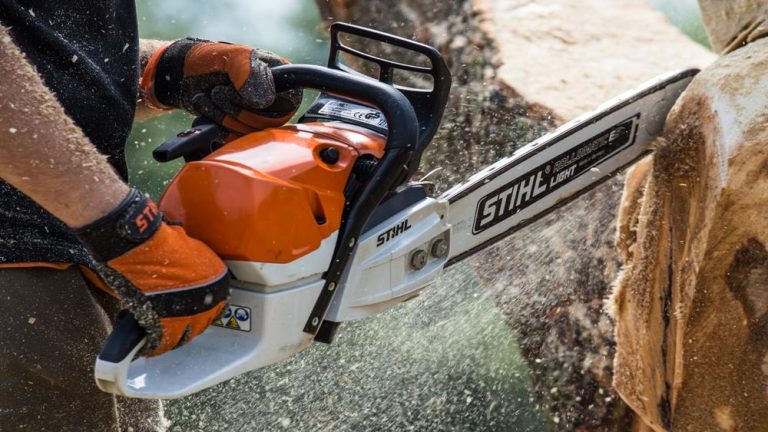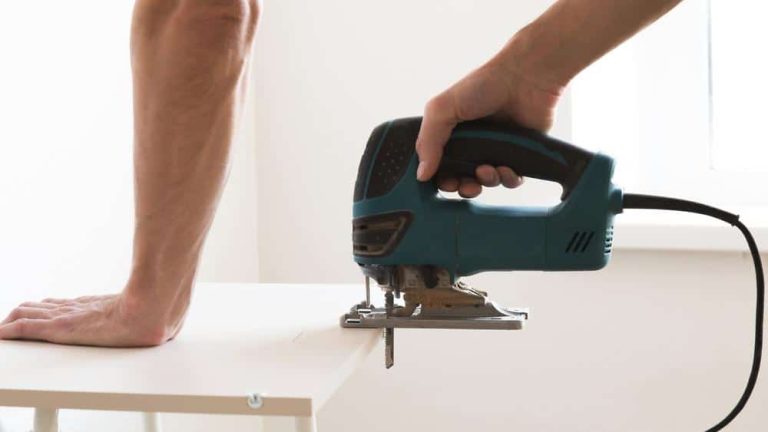Painting can be a rewarding and enjoyable activity, but one common frustration for many artists is the presence of visible brush strokes in their finished work. Whether you’re a beginner or a seasoned painter, achieving a smooth and flawless finish is often the goal. This guide explores techniques and tips to help you on How to Paint Without Leaving Brush Strokes.

Introduction
Brush strokes can detract from the overall aesthetic of a painting, leaving behind visible marks that disrupt the smoothness of the surface. While some artists may embrace brush strokes as part of their style, others strive for a seamless finish that appears almost effortless. Fortunately, there are several strategies you can employ to minimize or eliminate brush strokes and achieve the desired result.
Understanding Brush Strokes
Before diving into techniques for avoiding brush strokes, it’s essential to understand what causes them in the first place. Brush strokes occur when the paint is applied unevenly or when the brush’s bristles leave texture on the surface. Factors such as brush type, paint viscosity, and application method can all influence the appearance of brush strokes.


Choosing the Right Tools and Materials
The first step in achieving a smooth finish is selecting the appropriate tools and materials. Quality brushes with fine bristles are essential for minimizing brush strokes. Look for brushes specifically designed for smooth finishes, such as synthetic bristle brushes or foam brushes. Additionally, choose paints with a smooth consistency that flow easily and level well.
Preparing the Surface
Surface preparation is crucial for minimizing brush strokes and ensuring optimal paint adhesion. Begin by cleaning the surface to remove any dust, dirt, or debris. Sanding the surface lightly can also help to smooth out imperfections and create a uniform texture. For particularly rough surfaces, consider applying a primer to promote better paint adhesion and a smoother finish.
Techniques for Smooth Painting
There are several techniques you can use to apply paint smoothly and evenly, minimizing the appearance of brush strokes. Experiment with different brush strokes, such as cross-hatching or stippling, to see which produces the best results for your desired finish. Avoid overworking the paint, as this can lead to the buildup of brush marks. Instead, aim for smooth, controlled strokes and allow each layer to dry completely before applying the next.
Working with Different Types of Paint
Different types of paint require different techniques for achieving a smooth finish. Water-based paints, such as acrylics or latex, tend to dry quickly, making it easier to blend brush strokes and achieve a seamless finish. Oil-based paints, on the other hand, have a longer drying time, which can make it more challenging to avoid brush strokes. Experiment with thinning the paint with a compatible medium to improve flow and reduce texture.
Troubleshooting Common Issues
Even with careful preparation and technique, brush strokes may still appear in your painting. Fortunately, there are several troubleshooting steps you can take to address this issue. If brush strokes are visible after the paint has dried, lightly sand the surface with fine-grit sandpaper to smooth out any imperfections. Alternatively, apply a thin layer of clear varnish or glaze to create a more uniform surface.
Finishing Touches
Once you’ve completed your painting, take time to assess the surface for any remaining brush strokes or imperfections. Touch up any areas as needed, using the same techniques and materials as before. Finally, consider applying a protective topcoat, such as varnish or clear acrylic sealer, to preserve the integrity of your artwork and enhance its overall appearance.


Advanced Tips and Tricks
For experienced painters looking to take their work to the next level, there are several advanced techniques you can explore. Experiment with alternative painting tools, such as sponges or palette knives, to achieve unique textures and effects. Additionally, consider incorporating mediums or additives into your paint to alter its viscosity and drying time, allowing for greater control over brush strokes and finish.
Conclusion
Painting without leaving brush strokes requires patience, practice, and attention to detail. By selecting the right tools and materials, preparing the surface properly, and employing effective painting techniques, you can achieve a smooth and flawless finish in your artwork. Remember to experiment, be open to new ideas, and most importantly, enjoy the process of creating beautiful, brush-stroke-free paintings.





